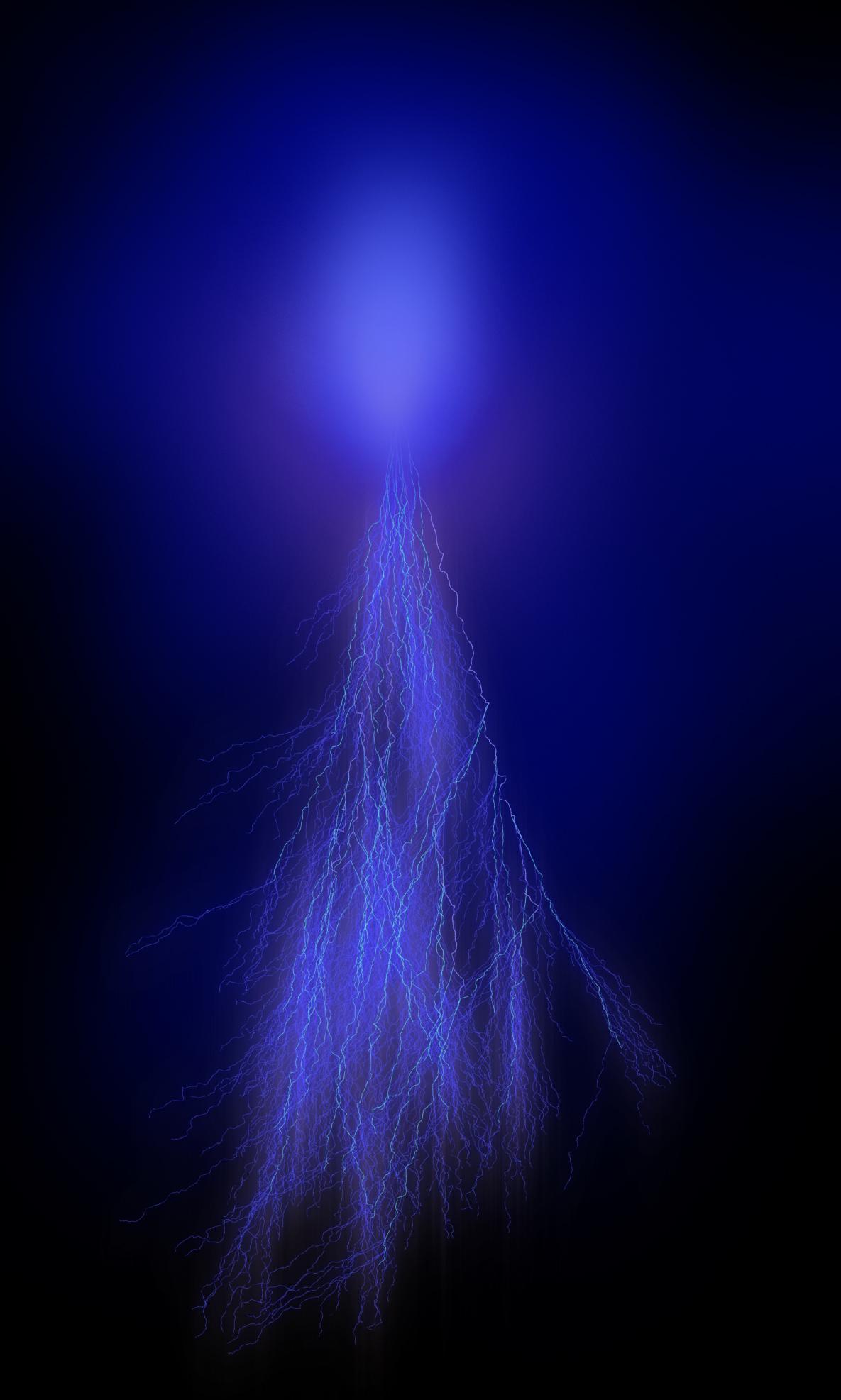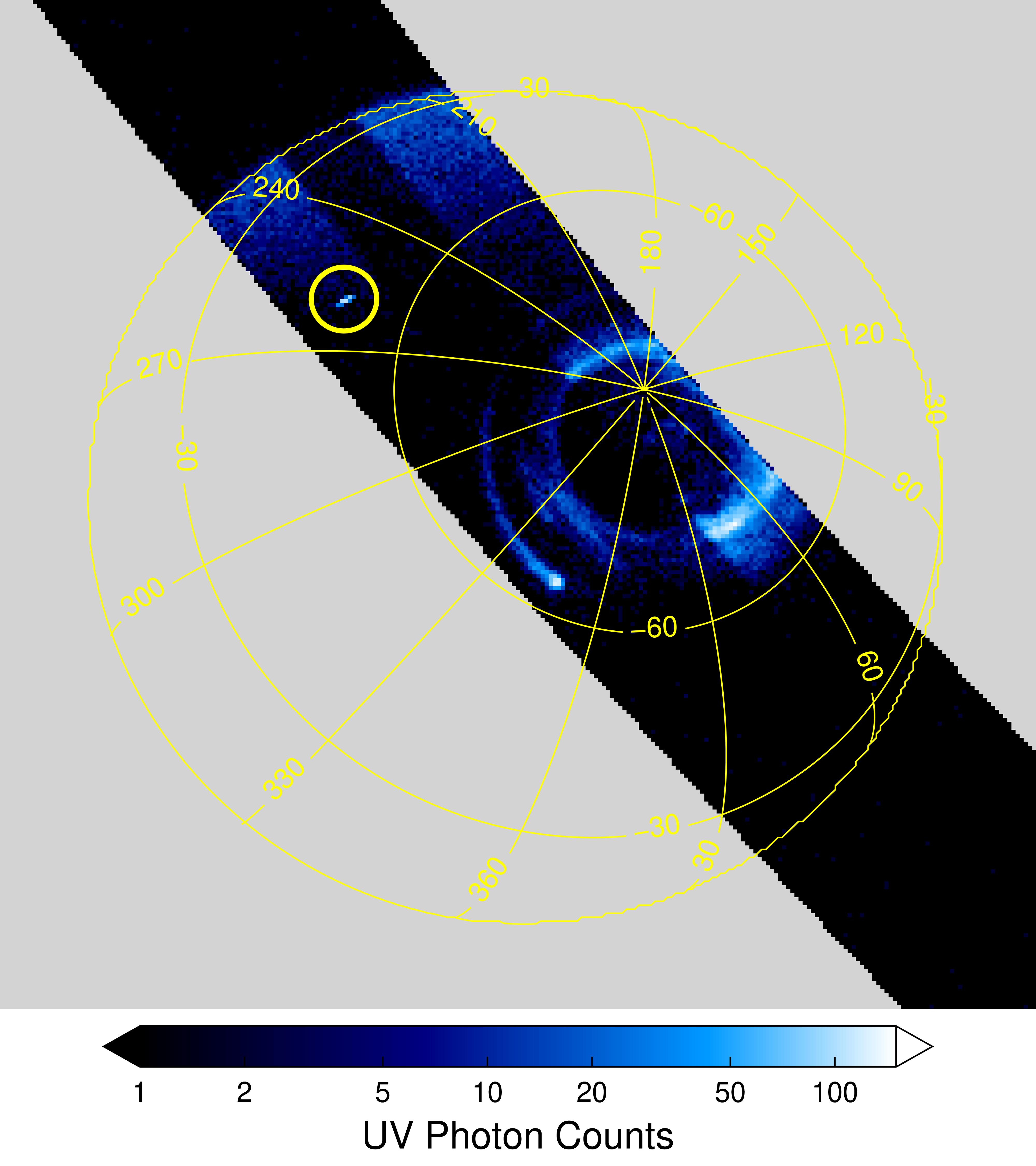NASA's Juno spacecraft spots 'sprites' and 'elves' dancing in Jupiter's atmosphere

Just in time for Halloween, NASA announced results from the space agency's Juno mission that suggest "sprites" or "elves" could be frolicking in Jupiter's upper atmosphere.
Named for mischievous fairy-like creatures from European myth, sprites are transient luminous events (TLE) seen from far above a lightning storm, including storms on Earth. Lightning triggers these TLEs, which brighten miles of sky above a thunderstorm and closely resemble a jellyfish. Each sprite lasts for only a few milliseconds, making them difficult to spot.
Elves, however, aren't named for the mythological creature. ELVES is an acronym standing for Emission of Light and Very Low Frequency perturbations due to Electromagnetic Pulse Sources, according to NASA. Like sprites, elves are triggered by lightning and occur high above the clouds. What sets them apart is their shape. Elves look like a flattened disk glowing in the upper atmosphere. Although they, too, appear for only a few milliseconds, elves can grow larger than sprites — on Earth we see them grow up to 200 miles (320 kilometers) across.
Video: Red sprites, blue jets, pixies, elves: Weird lights studied from space
Juno's findings, published Oct. 27 in the Journal of Geophysical Research, reveal the first time these bright, unpredictable flashes of light have been seen on another planet. Although scientists have predicted that TLEs would be present in Jupiter's atmosphere, they remained theoretical until Juno's ultraviolet spectrograph instrument picked up an unexpected bright flash of UV light in 2019.
"The more our team looked into it, the more we realized Juno may have detected a TLE on Jupiter," Rohini Giles, a Juno scientist and lead author of the paper, said in a NASA statement.
Sprites and elves are distinctive in their colors on Earth and on Jupiter. On Earth, we see reddish flashes due to the TLEs interaction with nitrogen in our upper atmosphere, Giles said. "But on Jupiter, the upper atmosphere mostly consists of hydrogen, so they would likely appear either blue or pink."
Breaking space news, the latest updates on rocket launches, skywatching events and more!
Juno has found 11 large-scale bright events on Jupiter that may be either sprites or elves, all occurring in a region where lightning and thunderstorms are known to form. Juno scientists have ruled out the possibility that these flashes of light were merely "mega-bolts" of lighting because they were found far above, about 186 miles (300 km), the altitude where most of Jupiter's lighting forms. Juno has also detected that the spectra of these bright flashes were dominated by hydrogen emissions, again indicating sprites or elves.
Scientists hope that this discovery will lead to many more sprite and elf sightings, on Jupiter and other planets, while we on Earth might just spot some of these mythological creatures as well (in the form of Halloween costumes or scary movies).
Follow Kasandra Brabaw on Twitter @KassieBrabaw. Follow us on Twitter @Spacedotcom and on Facebook.

Kasandra Brabaw is a freelance science writer who covers space, health, and psychology. She's been writing for Space.com since 2014, covering NASA events, sci-fi entertainment, and space news. In addition to Space.com, Kasandra has written for Prevention, Women's Health, SELF, and other health publications. She has also worked with academics to edit books written for popular audiences.


